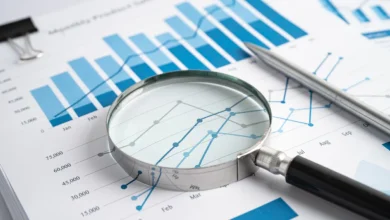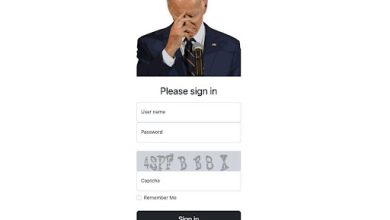
Forex Robot Trading Strategies for Automated Risk Parity: Balancing Risk Across Assets
In the world of forex trading, managing risk is paramount. Traders are constantly seeking ways to minimize their exposure to market fluctuations while maximizing their returns. One approach that has gained popularity in recent years is automated risk parity trading, using forex robots to execute trades based on predefined strategies.
What is Risk Parity?
Risk parity is an investment strategy that aims to distribute risk evenly across different asset classes in a portfolio. The goal is to achieve a balance where each asset contributes equally to the overall risk of the portfolio, regardless of its individual return characteristics. This approach is based on the idea that diversification can reduce risk, but traditional diversification based on asset class alone may not be sufficient.
The Role of Forex Robots
Forex robots, also known as expert advisors (EAs), are automated trading systems that can execute trades on behalf of a trader. These robots can be programmed with specific trading strategies, including risk parity strategies, and can execute trades automatically based on predefined rules.
Implementing Risk Parity with Forex Robots
Implementing a risk parity strategy with forex robots involves several key steps:
- Asset Selection: The first step is to select a set of assets that will be included in the portfolio. These assets can include different currency pairs, commodities, and other financial instruments.
- Risk Calculation: Once the assets are selected, the next step is to calculate the risk contribution of each asset to the portfolio. This can be done using various methods, such as historical volatility or covariance analysis.
- Position Sizing: Based on the risk contribution of each asset, the forex robot can then calculate the appropriate position size for each asset to achieve a balanced risk profile.
- Rebalancing: As market conditions change, the risk contribution of each asset may also change. The forex robot can continuously monitor the portfolio and rebalance it as needed to maintain the desired risk parity.
Advantages of Automated Risk Parity Trading
There are several advantages to using forex robots for automated risk parity trading:
- Emotion-Free Trading: One of the main advantages of using forex robots is that they can execute trades without being influenced by emotions such as fear or greed. This can help traders stick to their predefined strategies and avoid making impulsive decisions.
- Backtesting and Optimization: Forex robots can be backtested using historical data to ensure that they are performing as expected. They can also be optimized to improve their performance based on past data.
- 24/7 Trading: Forex robots can trade around the clock, allowing traders to take advantage of opportunities in the market even when they are not actively monitoring it.
Challenges of Automated Risk Parity Trading
While automated risk parity trading has many advantages, there are also some challenges to consider:
- Complexity: Implementing a risk parity strategy can be complex, especially when using multiple assets with different characteristics. It requires careful calculation and monitoring to ensure that the portfolio remains balanced.
- Overfitting: There is a risk of overfitting the trading strategy to past data, which can lead to poor performance in real-world conditions. It is important to use robust optimization techniques and to regularly review and update the strategy.
- Market Risks: Like any trading strategy, automated risk parity trading is subject to market risks, including volatility, liquidity, and geopolitical events. Traders should be aware of these risks and have risk management strategies in place.
Conclusion
Automated risk parity trading using forex robots can be a powerful tool for managing risk and optimizing returns in the forex market. By balancing risk across different assets, traders can potentially achieve more stable and consistent returns over time. However, it is important to carefully design and monitor the trading strategy to ensure its effectiveness in different market conditions.









